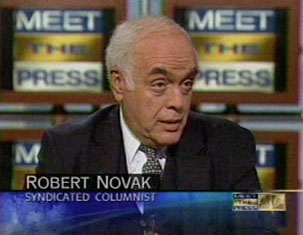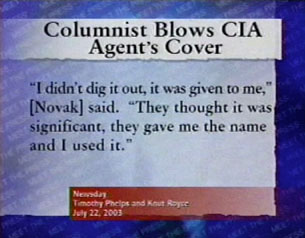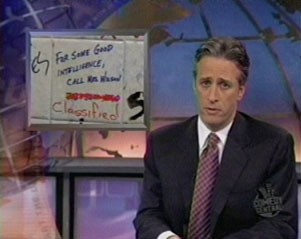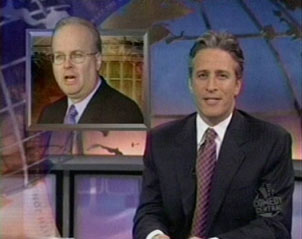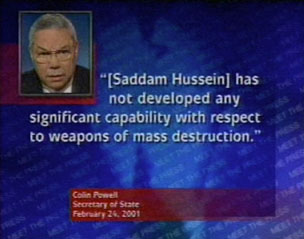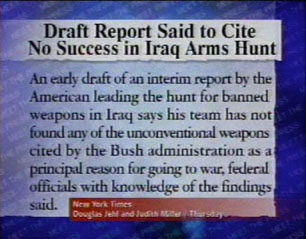The evidence is starting to pour in to suggest that David Kelly (the microbiologist that became the center of the controversy surrounding Britain’s bogus WMD evidence that the Shrub Administration used as justification for the war on Iraq) did not commit suicide at all.
MEDIUM RARE
By Jim Rarey for From The Wilderness.
(This first part lays out the case from the evidence presented in the Hutton inquiry why the death of Dr. David Kelly was not by suicide. Part two will show the reasons, in this writer’s opinion, Dr. Kelly was killed.)…
While the Hutton inquiry appears set to declare Kelly’s death a suicide and the national media are already treating it as a given, there are numerous red flags raised in the testimony and evidence at the inquiry itself.
Kelly’s body was likely moved from where he died to the site where two search volunteers with a search dog found it. The body was propped up against a tree according to the testimony of both volunteers. The volunteers reported the find to police headquarters, Thames Valley Police (TVP) and then left the scene. On their way back to their car, they met three “police” officers, one of them named Detective Constable Graham Peter Coe.
Coe and his men were alone at the site for 25-30 minutes before the first police actually assigned to search the area arrived (Police Constables Sawyer and Franklin) and took charge of the scene from Coe. They found the body flat on its back a short distance from the tree, as did all subsequent witnesses.
A logical explanation is that Dr. Kelly died at a different site and the body was transported to the place it was found. This is buttressed by the medical findings of livor mortis (post mortem lividity), which indicates that Kelly died on his back, or at least was moved to that position shortly after his death. Propping the body against the tree was a mistake that had to be rectified.
The search dog and its handler must have interrupted whoever was assigned to go back and move the body to its back before it was done. After the volunteers left the scene the body was moved to its back while DC Coe was at the scene.
Five witnesses said in their testimony that two men accompanied Coe. Yet, in his testimony, Coe maintained there was only one other beside himself. He was not questioned about the discrepancy.
Researchers, including this writer, assume the presence of the “third man” could not be satisfactorily explained and so was being denied.
Additionally, Coe’s explanation of why he was in the area is unsubstantiated. To the contrary, when PC Franklin was asked if Coe was part of the search team he responded, “No. He was at the scene. I had no idea what he was doing there or why he was there. He was just at the scene when PC Sawyer and I arrived.”
Franklin was responsible for coordinating the search with the chief investigating officer and then turning it over to Sawyer to assemble the search team and take them to the assigned area. They were just starting to leave the station (about 9am on the 18th) to be the first search team on the ground (excepting the volunteers with the search dog) when they got word the body had been found.
A second red flag is the nature of the wounds on Kelly’s wrist. Dr. Nicholas Hunt, who performed the autopsy, testified there were several superficial “scratches” or cuts on the wrist and one deep wound that severed the ulnar artery but not the radial artery.
The fact that the ulnar artery was severed, but not the radial artery, strongly suggests that the knife wound was inflicted drawing the blade from the inside of the wrist (the little finger side closest to the body) to the outside where the radial artery is located much closer to the surface of the skin than is the ulnar artery. For those familiar with first aid, the radial artery is the one used to determine the pulse rate.
Just hold your left arm out with the palm up and see how difficult it would be to slash across the wrist avoiding the radial artery while severing the ulnar artery. However, a second person situated to the left of Kelly who held or picked up the arm and slashed across the wrist would start on the inside of the wrist severing the ulnar artery first.
A reasonably competent medical examiner or forensic pathologist would certainly be able to determine in which direction the knife was drawn across the wrist. That question was never asked nor the answer volunteered. In fact, a complete autopsy report would state in which direction the wounds were inflicted. The coroner’s inquest was never completed as it was preempted by the Hutton inquiry and the autopsy report will not be made public. Neither will the toxicology report.




